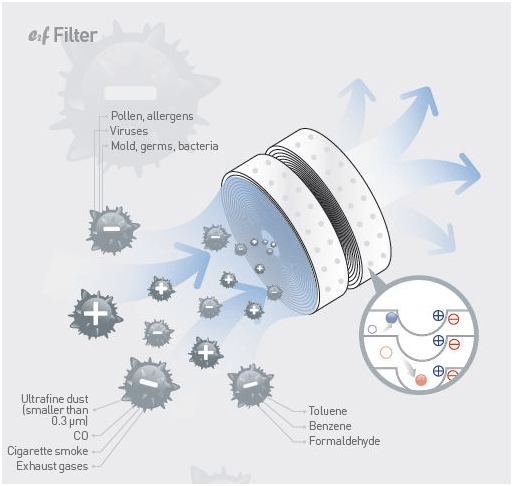The Future Of Home Home Heating - Just How Heat Pump Modern Technology Is Advancing
The Future Of Home Home Heating - Just How Heat Pump Modern Technology Is Advancing
Blog Article
Created By-Marshall McCormick
Heatpump will be an important innovation for decarbonising home heating. In a scenario constant with governments' revealed power and climate dedications, their global capacity doubles by 2030, while their share in heating rises to one-quarter.
They function best in well-insulated homes and rely upon electricity, which can be provided from a renewable power grid. Technical breakthroughs are making them more efficient, smarter and less expensive.
Gas Cells
Heat pumps utilize a compressor, refrigerant, coils and followers to move the air and warmth in homes and appliances. simply click the following post can be powered by solar power or power from the grid. They have actually been getting popularity as a result of their inexpensive, silent operation and the capacity to create electrical power throughout peak power need.
Some companies, like IdaTech and BG MicroGen, are servicing gas cells for home heating. These microgenerators can replace a gas central heating boiler and generate several of a residence's electric requirements with a link to the electrical energy grid for the rest.
But there are reasons to be skeptical of using hydrogen for home heating, Rosenow says. It would be costly and inefficient compared to other innovations, and it would certainly contribute to carbon exhausts.
Smart and Connected Technologies
Smart home technology allows house owners to attach and manage their tools remotely with using smartphone applications. For example, smart thermostats can learn your home heating choices and instantly adapt to enhance power intake. Smart lights systems can be controlled with voice commands and immediately shut off lights when you leave the room, reducing energy waste. And wise plugs can monitor and handle your electrical use, allowing you to identify and restrict energy-hungry appliances.
The tech-savvy home depicted in Carina's interview is a good illustration of just how residents reconfigure area heating techniques in the light of brand-new clever home technologies. They count on the devices' automated attributes to execute everyday modifications and regard them as a hassle-free methods of performing their home heating methods. Thus, they see no factor to adapt their practices further in order to allow adaptability in their home energy need, and treatments targeting at doing so might face resistance from these households.
Electrical power
Because heating homes make up 13% of US discharges, a button to cleaner alternatives could make a big difference. Yet the technology deals with challenges: It's pricey and requires considerable home restorations. And it's not constantly suitable with renewable energy resources, such as solar and wind.
Till just recently, electric heat pumps were as well pricey to take on gas versions in a lot of markets. Yet brand-new advancements in design and materials are making them much more cost effective. And much better chilly climate performance is allowing them to function well even in subzero temperature levels.
The following action in decarbonising heating may be the use of warm networks, which draw warmth from a central resource, such as a close-by river or sea inlet, and distribute it to a network of homes or buildings. Continue Reading would lower carbon exhausts and allow houses to make the most of renewable resource, such as green electrical power from a grid provided by renewables. This option would be less expensive than changing to hydrogen, a fossil fuel that calls for brand-new facilities and would only lower carbon dioxide exhausts by 5 percent if paired with boosted home insulation.
Renewable Energy
As electrical energy prices go down, we're starting to see the exact same trend in home heating that has driven electric automobiles into the mainstream-- yet at an also faster speed. The solid climate situation for electrifying homes has actually been pushed additionally by new study.
visit the next page make up a substantial share of modern-day warm consumption, however have been offered minimal policy interest around the world compared to other end-use markets-- and also less attention than power has. Partly, this shows a mix of customer inertia, divided incentives and, in many nations, aids for fossil fuels.
New innovations can make the change less complicated. As an example, heat pumps can be made more energy reliable by changing old R-22 cooling agents with new ones that do not have the high GWPs of their predecessors. Some professionals also imagine area systems that attract warmth from a nearby river or sea inlet, like a Norwegian fjord. The warm water can after that be made use of for heating and cooling in a neighborhood.